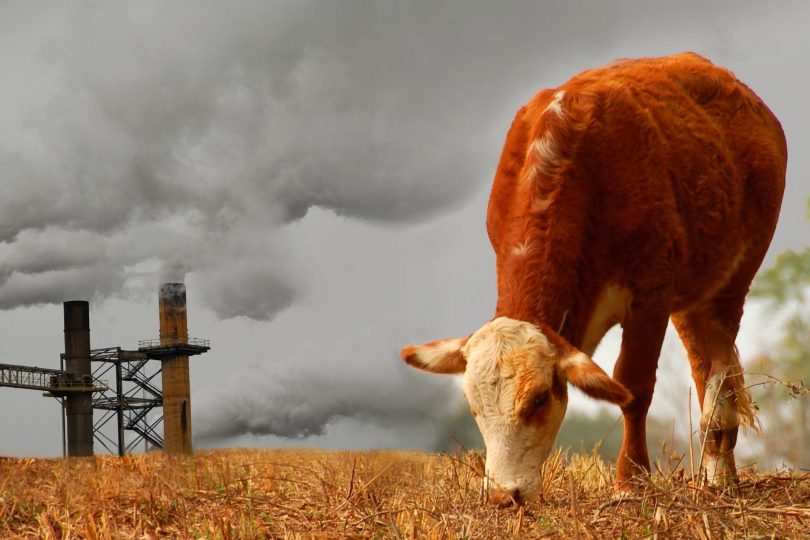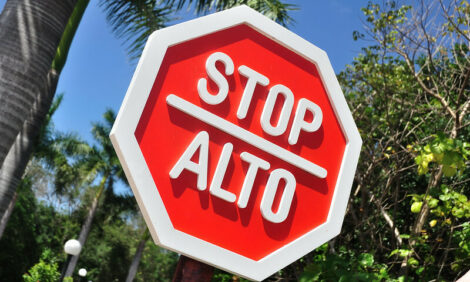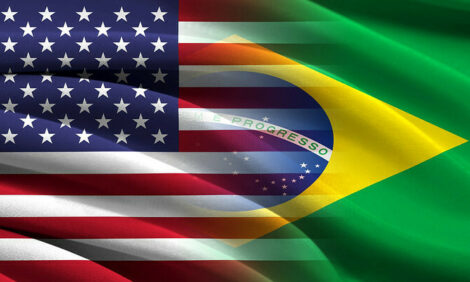



Smart Control: maintaining grazing practices through geofencing
Smart cattle grazing can play a decisive role in improving soil quality and combatting climate change.A popular release in 2020, “Kiss the Ground” is a Netflix documentary which takes an extensive look at the use of soil and regenerative farming to reverse the effects of climate change. Narrated by Woody Harrelson, the film explains the emergence of industrial agriculture and its subsequent consequences on our planet’s climate crisis. It also offers several regenerative solutions that could lower current atmospheric carbon dioxide levels and future emissions. One of these solutions is “smart grazing”.
What is smart grazing?
Also known as planned grazing or rotational grazing, smart grazing refers to the process of moving livestock from pasture to pasture at the right time. This allows the animals to fertilise the land with their waste and disturb and aerate the soil with their movements. This kind of controlled grazing can even cause plants to grow back stronger. However, it’s important to monitor grazing patterns and move the animals before they eat too close to the ground or begin to trample the land.

The benefits of smart grazing include
- Increased biodiversity
- Improved levels of soil organic matter and overall soil health
- Restored land and water systems
- Food resilience
- Better animal health
- Reduced carbon footprints
- Increased farmer prosperity and profitability
How to smart graze the smart way
The level of precision management required to enable smart grazing may seem daunting to livestock owners. The good news is that smart technology enables seamless smart grazing. Commonly used to control and track vehicles and monitor the movements of commercial drones, geofencing technology is also being used effectively in the agricultural industry.
Geofencing uses the global positioning system (GPS) and/or radio frequency identification (RFID) to create a virtual geographic boundary around a particular area. The associated software will then trigger a response when a tagged asset (such as an animal) enters or leaves the area. By placing a simple cattle collar on individual animals, farmers can use geofencing systems to help monitor the behaviour of grazing animals.
With real-time location data on animals in the herd reporting into a central dashboard, farmers can access movement patterns at their fingertips. The data analysis and monitoring possibilities are endless. For example, farmers can set predefined grazing limits within a specific area. Once enough cows have been in that area for the optimal amount of time, the farmer can receive an automated alert that it’s time for the cows to move on.
Along with the rotation of livestock through grazing areas, geofencing can also assist farmers with crop planning, planting, harvesting and keeping livestock in designated areas.
The technology can also help protect livestock and prevent stock theft by immediately alerting the farmers when an animal moves out of its designated area.
By making it easier for farmers to implement regenerative farming practices such as smart grazing, smart technology is also promoting more sustainability and long-term food security, thus futureproofing an industry that is only increasing in demand as world food supply continues to grow at an exponential rate.



